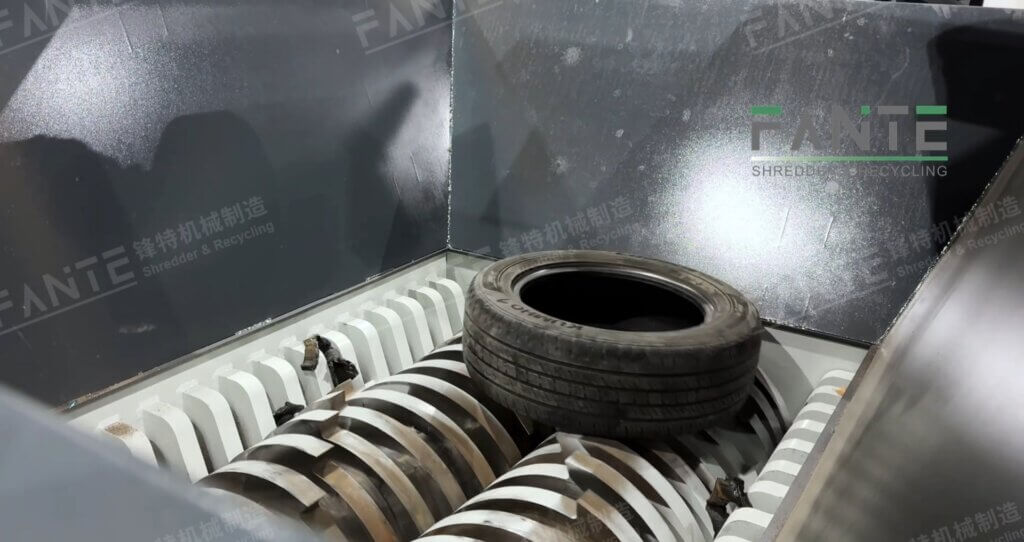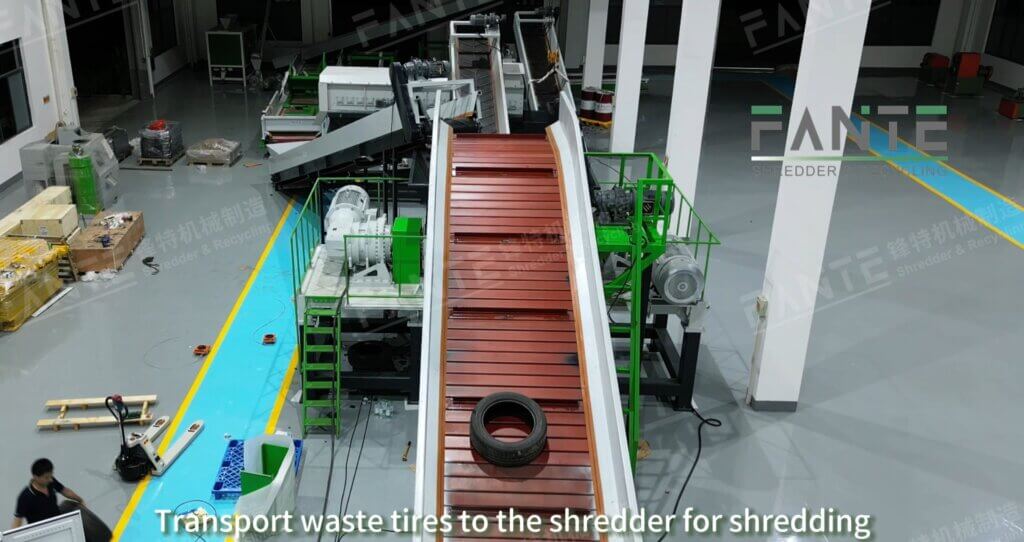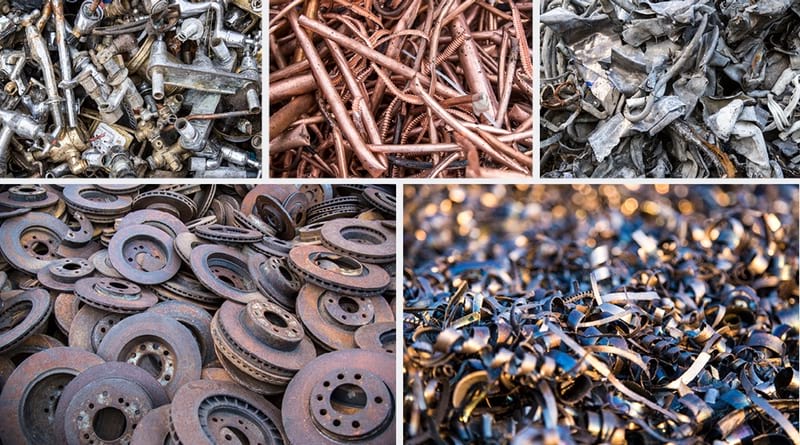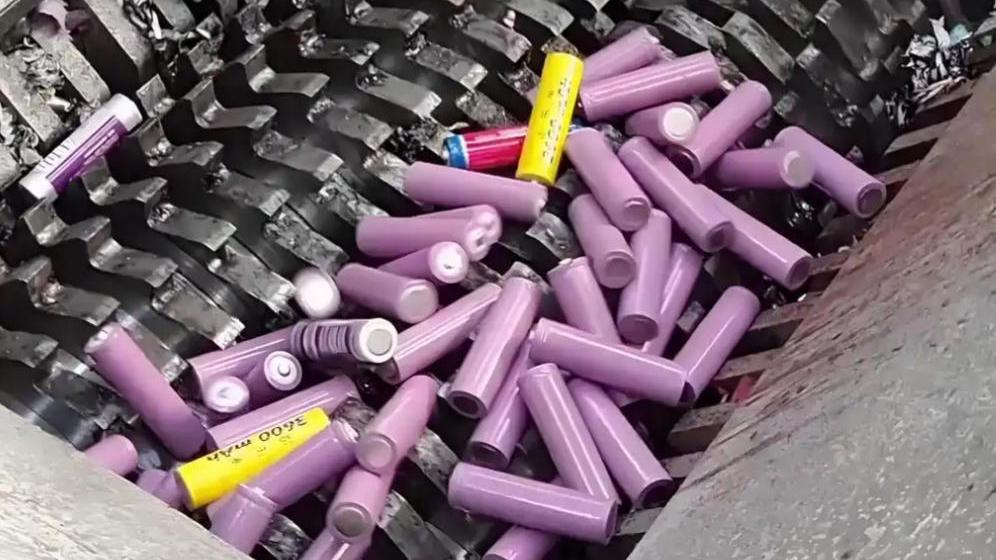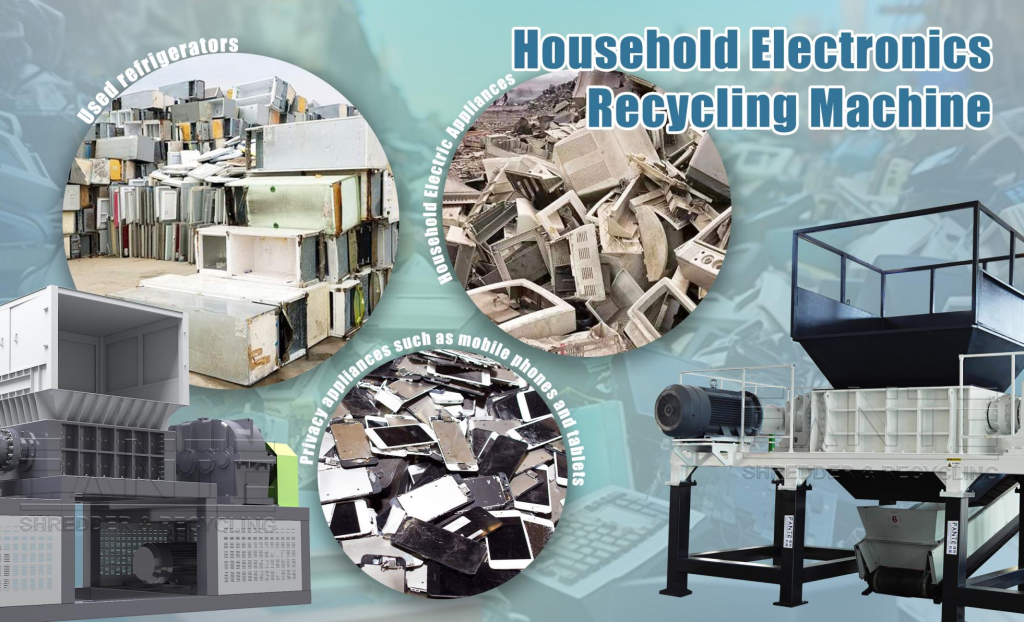Why Tire Recycling Matters
Tire recycling is a crucial opportunity for businesses aiming to enhance sustainability and profitability. Millions of tires are discarded yearly, creating an urgent need for efficient recycling solutions. Establishing a tire recycling plant not only benefits the environment but also drives economic growth.Key Steps in the Tire Recycling Process
- Pre-Shredding: Initial cutting of tires into smaller pieces using a tire shredder for easier processing within the tire recycling plant.
- Steel Removal: Utilizing magnets to extract steel wires, which can be sold to recycling facilities, adding value to the overall recycling process.
- Granulation: Further shredding of rubber into crumb rubber, a valuable material widely used across various industries.
- Fiber Separation: Air separation systems efficiently remove fabric fibers, repurposing them for other sectors, ensuring minimal waste.
Maximizing Profitability in Tire Recycling
- High ROI: Recycled materials like crumb rubber and steel offer a quick return on investment, making a tire recycling plant a lucrative venture.
- Cost Savings: By reducing waste disposal costs and creating new revenue streams through the use of a tire shredder and other recycling technologies, businesses can significantly enhance their profitability.
- Growing Market Demand: With increased demand for sustainable products, the value of recycled materials continues to rise, making tire recycling a smart business move.
Challenges and Considerations
While setting up a tire recycling plant offers significant profit potential, it does require an initial investment and market insight. However, with the right strategy and technology, such as an efficient tire shredder, these challenges can be overcome, making tire recycling a profitable and sustainable business addition.Conclusion
Investing in a tire recycling plant is a strategic move for businesses looking to boost profitability while supporting sustainability. By mastering the recycling process and aligning with market needs, companies can turn waste into valuable resources, securing long-term success in an eco-conscious market.